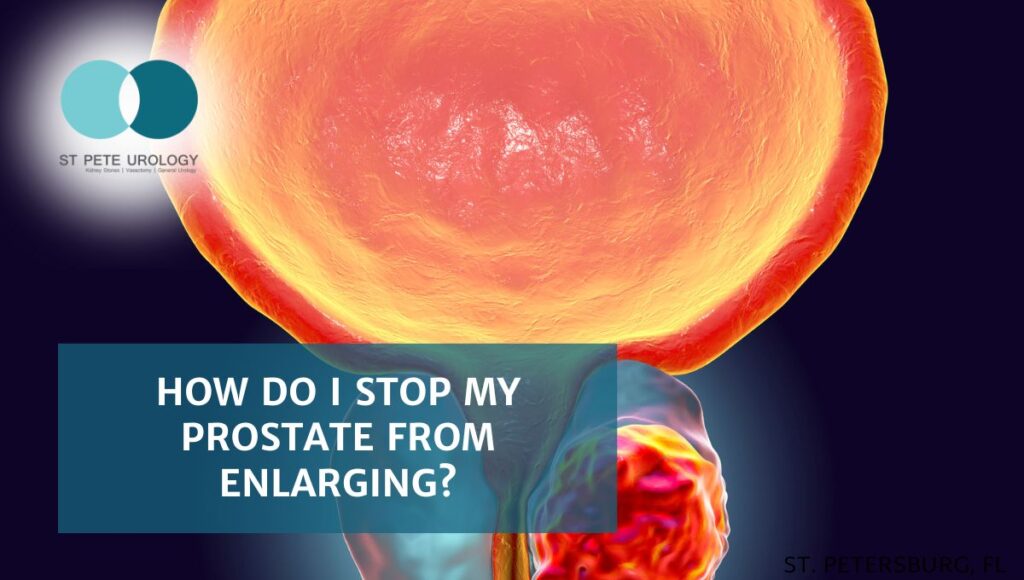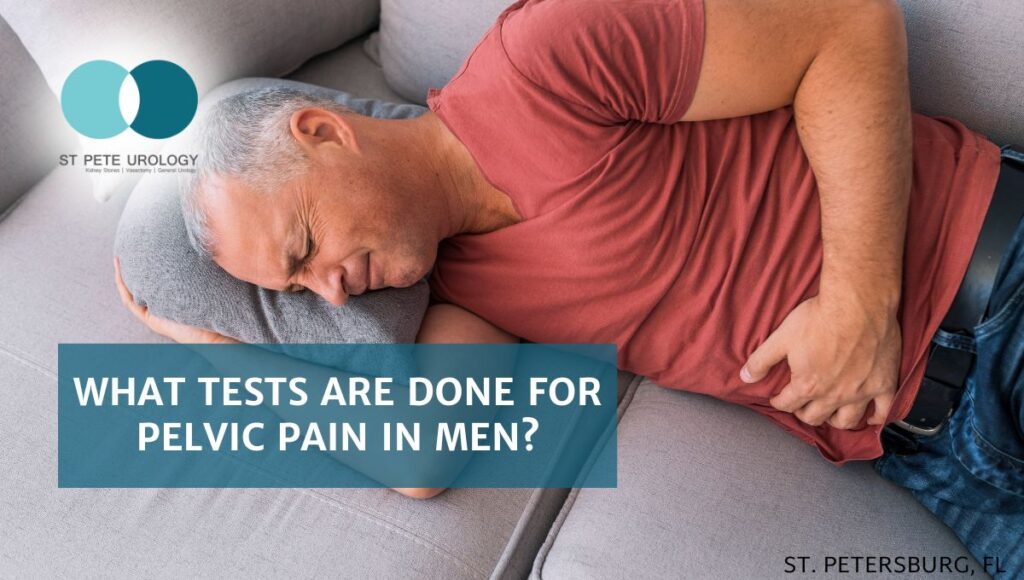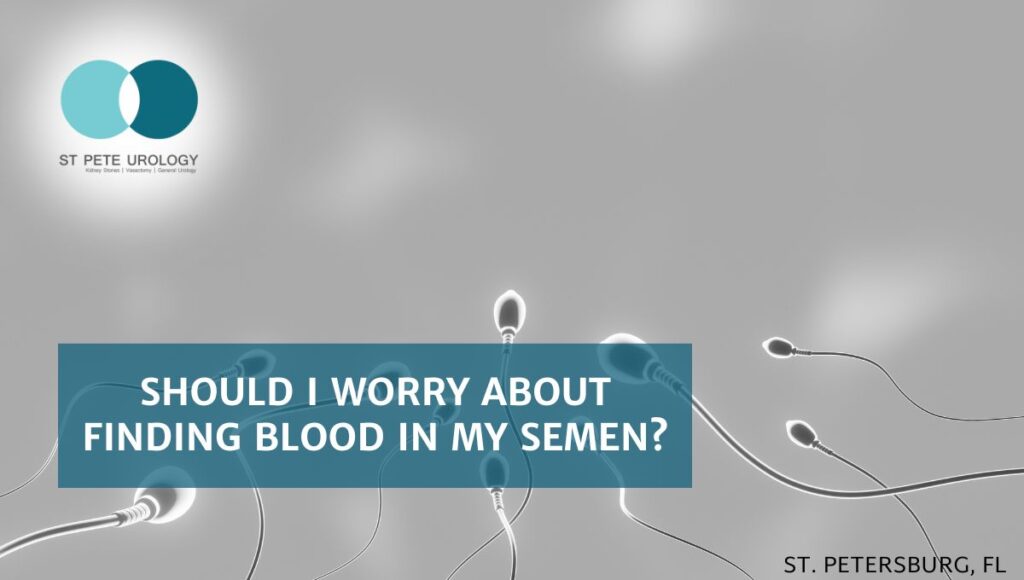How do you know you have urge incontinence?
With urge incontinence, you will have urine loss because bladder muscles squeeze or contract at the wrong times. These contractions occur repeatedly, regardless of how much urine is in the bladder. There are 3 main indicators that you have urge incontinence:
- Inability to control when you urinate
- Having to pass urine frequently during the day and night
- Needing to pass urine suddenly and urgently
Causes of urge incontinence
There are two principal causes of urge incontinence. Irritation within the bladder may trigger incontinence. Or it may be loss of the nervous system’s inhibitory control on bladder contractions. For example, neurological conditions such as multiple sclerosis, spinal cord injuries, Parkinson’s disease and stroke may diminish bladder control and cause urge incontinence. Likewise, cardiovascular disorders, diabetes, bladder cancer, bladder stones, alcohol consumption, infections, diuretic medicine and inflammation that irritate the bladder or damage its nerves may cause incontinence. Urge incontinence also may indicate a more serious problem. For instance, when the urgency to pass urine is accompanied by blood in urine, recurrent urinary tract infections (UTIs) or an inability to empty the bladder completely, these may be red flags for a more serious issue than just urinary incontinence.
How is urge incontinence treated?
Generally a few lifestyle adjustments may help a woman cope with urge incontinence. For instance, making it as easy as possible to get to the bathroom, avoiding caffeine (tea, cola and coffee), avoiding alcohol, reducing amount of fluid intake per day and losing weight can help relieve symptoms. Secondly, bladder training (also called bladder drill) and pelvic floor muscle exercises can be combined to treat urge incontinence. A third solution may be treating urge incontinence with medicines called anticholinergics (antimuscarinics) such as oxybutynin, solifenacin, tolterodine, trospium chloride, propiverine, darifenacin and fesoterodine fumarate. And if the urge incontinence is associated with the lining of the vagina after menopause, applying estrogen cream directly inside the vagina may help.
Urge incontinence is also treated using Botulinum Toxin A (Botox), a prescription-only medication that relieves the incontinence when other options such as bladder training and other medication have failed. When these treatments are not successful, the urologist may suggest surgery. Surgical procedures for treating urge incontinence include sacral nerve stimulation, percutaneous posterior tibial nerve stimulation, augmentation cystoplasty and urinary diversion.
At St Pete Urology, our doors are open to all women troubled by incontinence. We are a recognized name in the urological community and boast of a team of highly innovative, experienced and certified physicians who deliver leading-edge urology and patient-centered care. We know there are many women who live with severe urological problems and we do our best to help those who come to us. We are good at treating these disorders. For more information, visit the St Pete Urology website.





